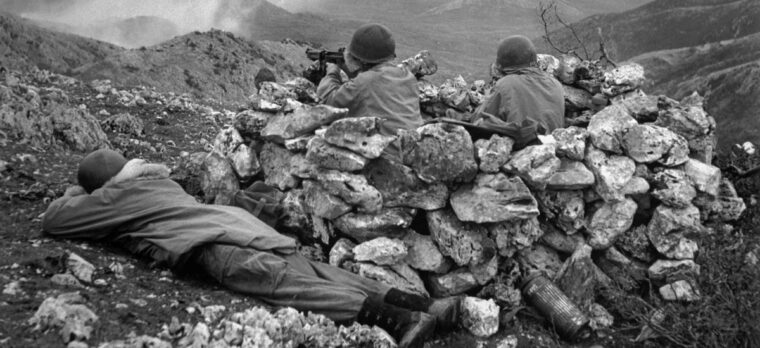
WWII Quarterly Fall 2017
1st Special Service Force Fight for Mt. La Difensa
By Christopher MiskimonDusk came early as they boarded the convoy of trucks, their olive-drab forms softened by baggy trousers and heavy field jackets. Read more

WWII Quarterly Fall 2017
Dusk came early as they boarded the convoy of trucks, their olive-drab forms softened by baggy trousers and heavy field jackets. Read more
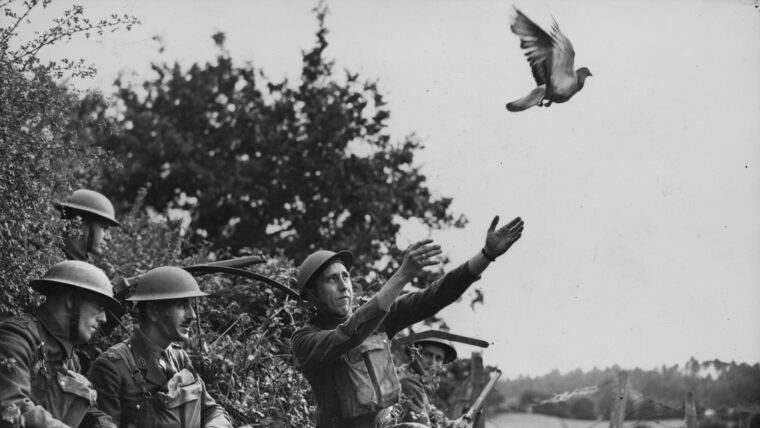
WWII Quarterly Fall 2017
Battlefield communications are often a matter of life and death to individual soldiers and serve to determine not only the outcome of battles but entire wars. Read more
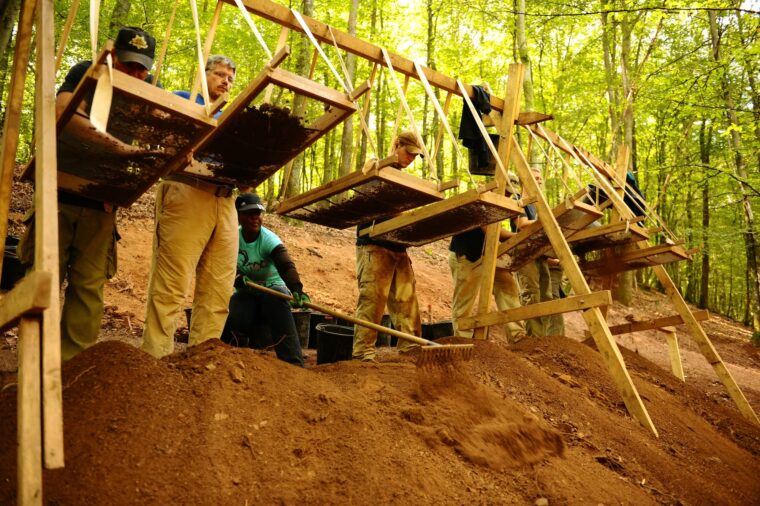
WWII Quarterly Fall 2017
Recently, I saw an article about American MIAs—those service members who went “missing in action” during World War II—and, frankly, was taken aback. Read more
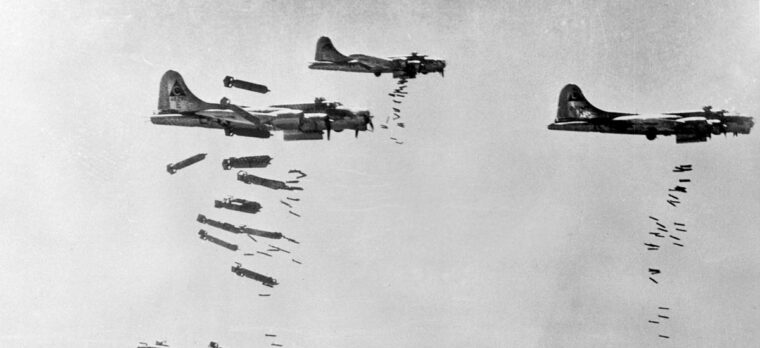
WWII Quarterly Fall 2017
“Our mission was Berlin. We flew in that dreaded position—last and lowest in the squadron.”
Archie Mathosian, B-17 Radio Operator, A/C #521 (Skyway Chariot), 100th Bomb Group (H), USAAF
“Last and lowest in the squadron.”These Read more
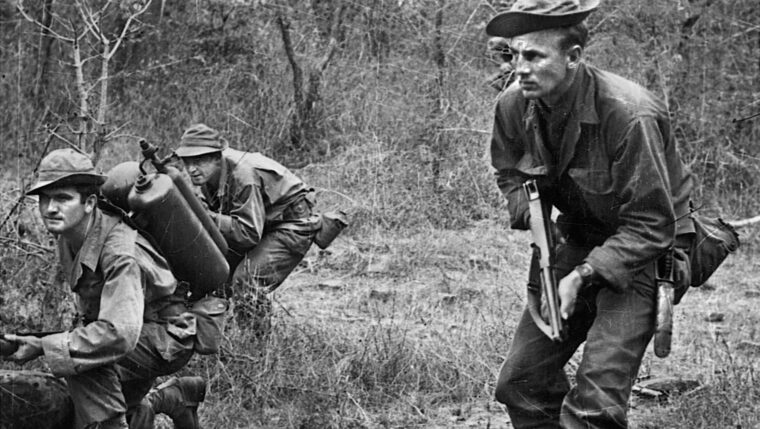
WWII Quarterly Fall 2017
Special operations soldiers have existed since armed forces were first organized. Arguably, the hand-picked Greek warriors concealed inside the Trojan horse outside the gates of Troy 3,000 years ago were the first “special ops” troops. Read more
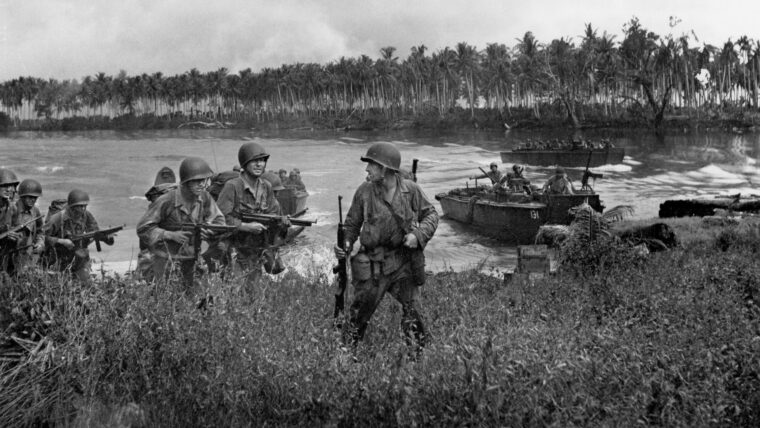
WWII Quarterly Fall 2017
An air strike intended to cover the landing of 1st Lt. John McGowan’s team of six Alamo Scouts was late. Read more
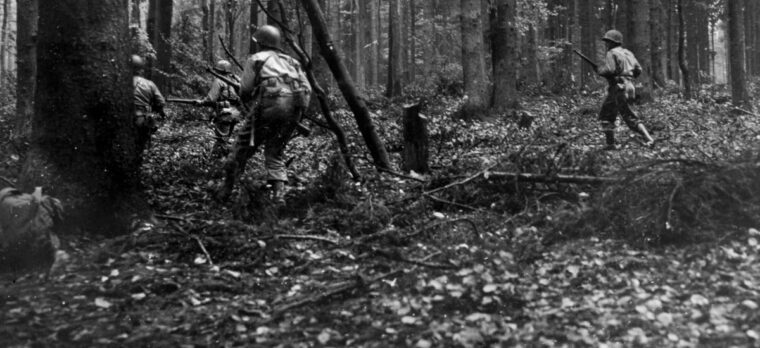
WWII Quarterly Fall 2017
At first, no one cared much about the forest. The objective of the First U.S. Army was the Siegfried Line, the much vaunted defensive line that protected Germany from invasion from the west. Read more
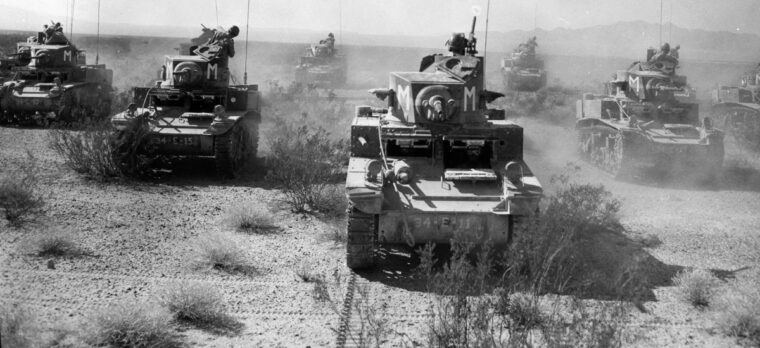
WWII Quarterly Fall 2017
Major General George S. Patton, Jr. had no patience for soldiers disobeying the rules of combat at his Desert Training Center in Southern California. Read more
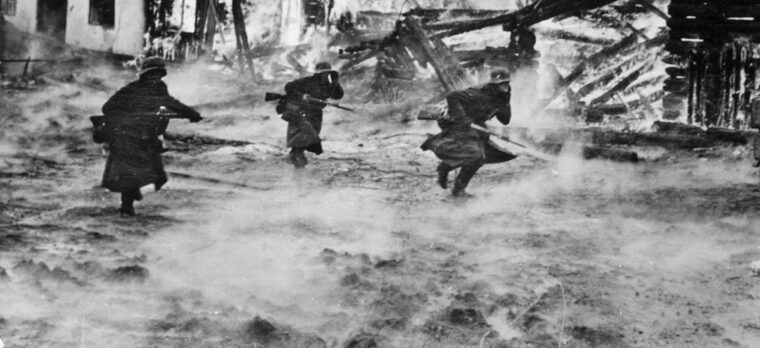
WWII Quarterly Fall 2017
By Mark Simmons
“U-64 was seen on the surface at the top of Herjansfjord near Bjrekvik. I selected the two anti-submarine bombs and put the Swordfish in a dive and released the bombs at 200 feet. Read more